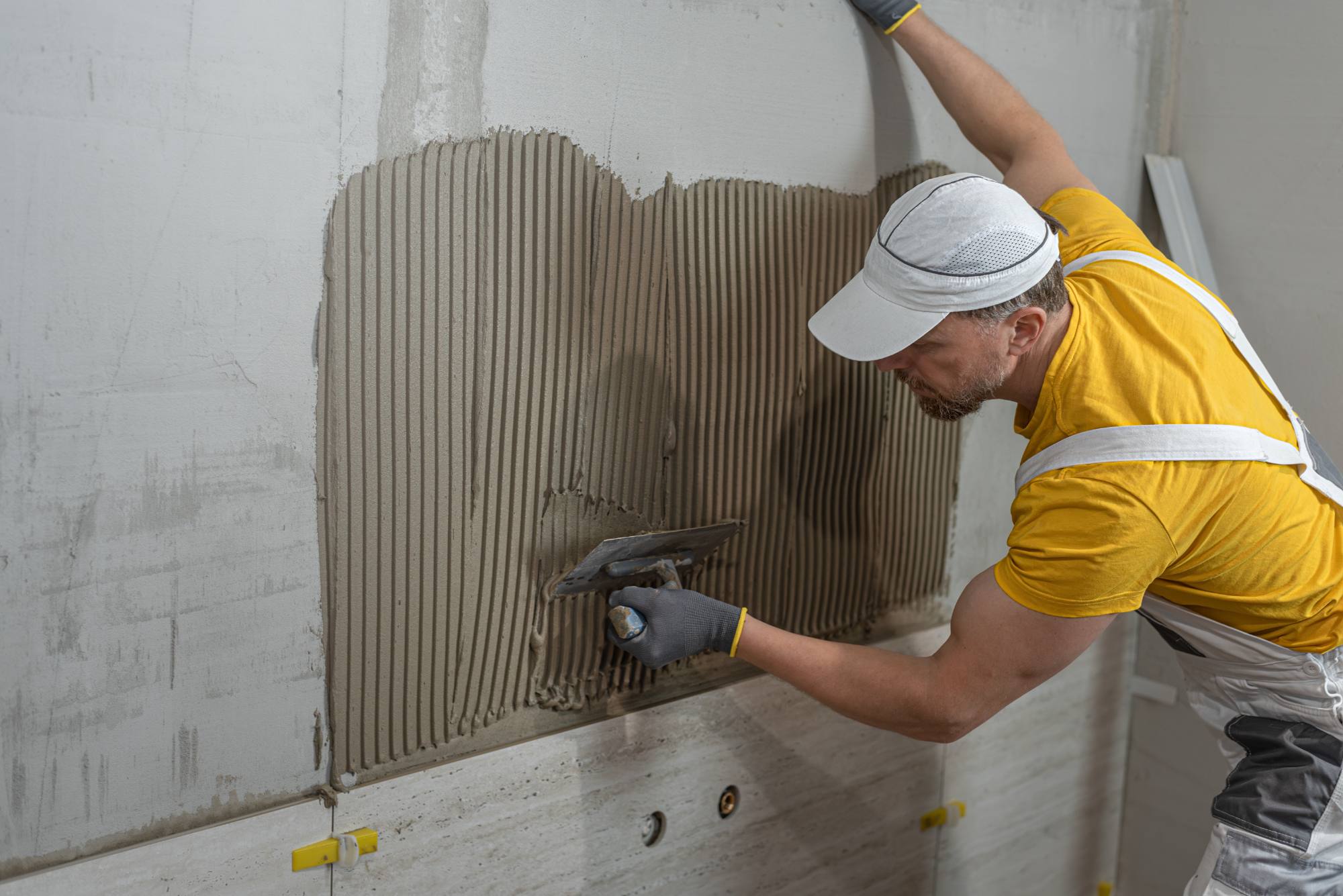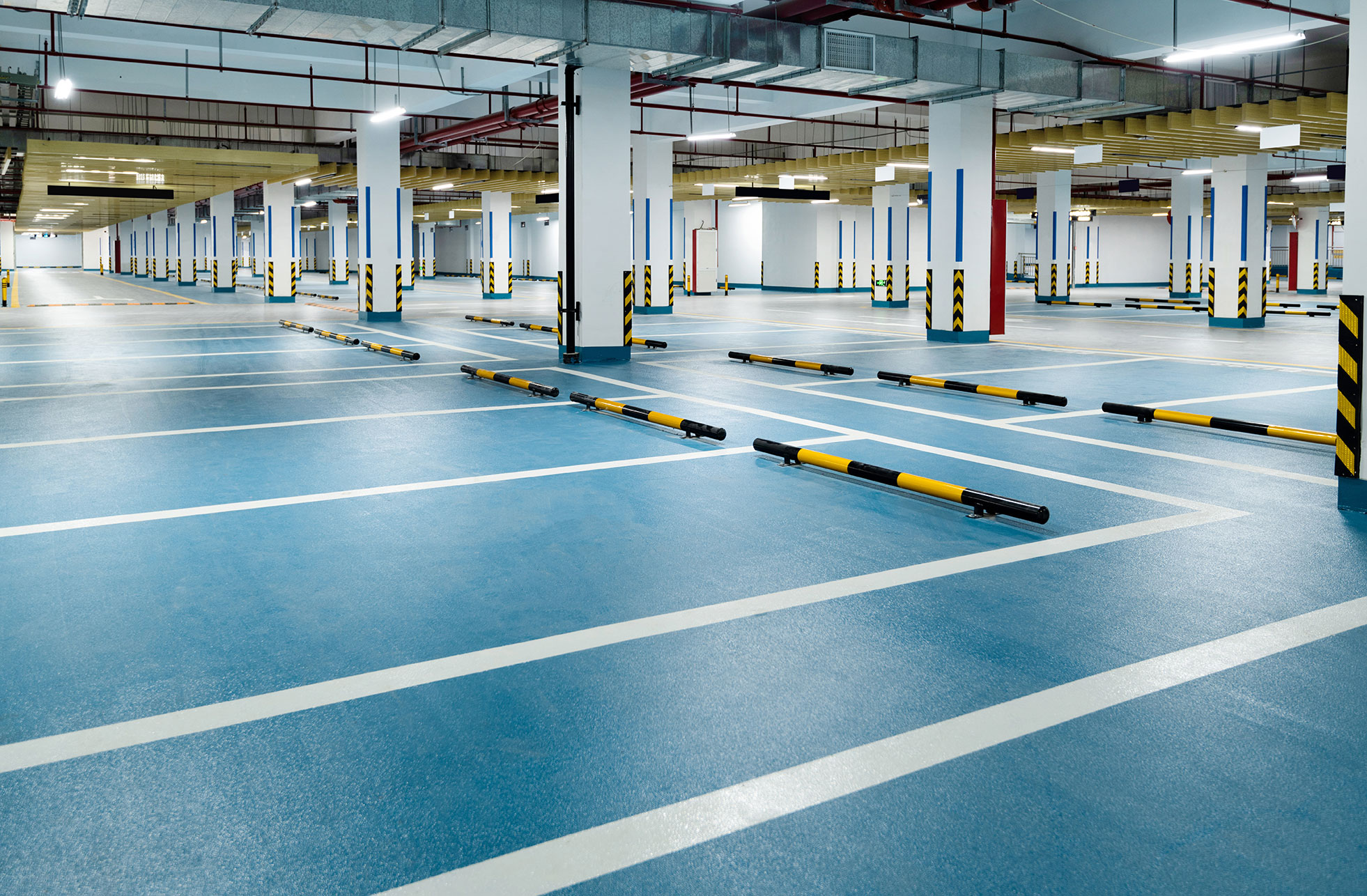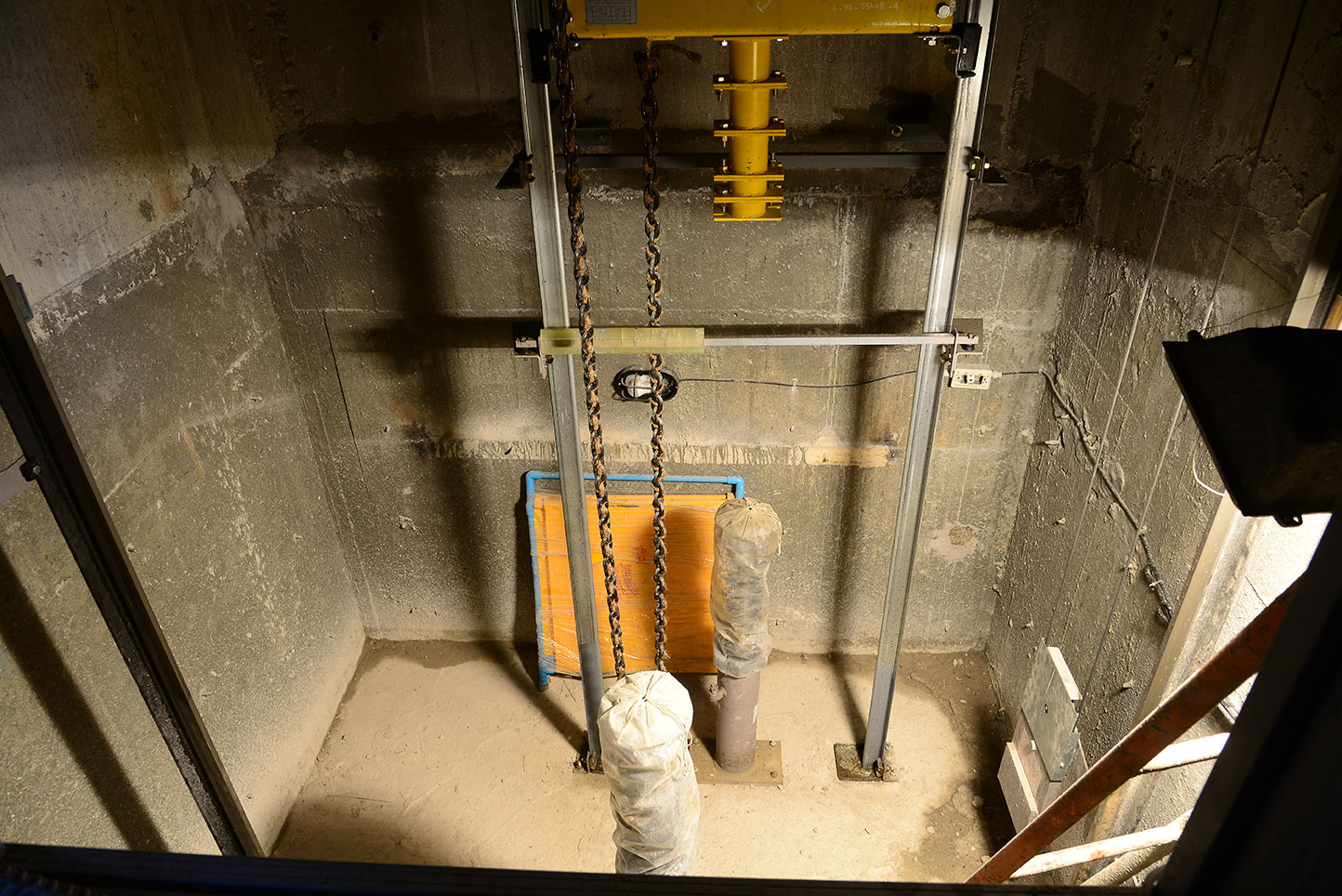
Factors That Affect Tile Adhesive Coverage & How to Plan Accordingly
ARDEX ENDURA
28 Oct 2025
04 Min
Have you ever started a tile job and realised halfway through that your adhesive is running short? Then you definitely know how frustrating it can be. Planning the right amount is not just about saving a few bags of adhesive; it's about ensuring the right amount is used. Instead, it keeps the project moving smoothly, without delays or unnecessary costs.
The truth is, the tile adhesive requirement is not a fixed amount. It shifts depending on a few key details that you must understand. Knowing these details upfront means fewer surprises and better results.
Why Tile Adhesive Coverage Varies
In tile adhesive, coverage depends heavily on product composition. This includes the gradation of sand, density and overall formulation. For example, adhesives with finer sand particles may spread more uniformly but often give lower coverage per bag due to tighter packing. On the contrary, adhesives with coarser sand may give higher coverage, but might not provide the same smoothness or bonding strength.
Hence, when comparing adhesives, the internal composition also directly impacts the coverage.
Key Factors that Affect Tile Adhesive Coverage
Trowel Notch Size
The thickness of the adhesive bed plays an important role in how much material you may use. A thicker bed means more adhesive consumption. A 10 mm notched trowel scoops out a lot more adhesive than a 6 mm one. Applying more than needed not only leads to wastage but can also impact tile bonding and level.
Substrate Condition
Imagine trying to stick tiles on a wall full of dust and bumps. Of course, it will take more adhesive. In the same way, porous or uneven substrates absorb extra.
Conversely, smooth and well-prepared surfaces let the adhesive spread evenly with less effort. This is why proper surface preparation is always the first step.
Tile Material & Thickness
Not all tiles are created equal. Lightweight ceramic tiles often require thinner adhesive beds However, heavier materials, such as vitrified tiles, marble, or natural stone, may require thicker adhesive beds for better support. This factor can also increase adhesive consumption.
Application Technique (Single vs. Double Buttering)
How you apply adhesive makes a big difference. Standard single-sided application (on the floor or wall only) uses less of the adhesive.
However, in cases if the substrate has undulations or you are using large-format tiles or natural stone, back buttering is often recommended. Back buttering is applying adhesive to the back of the tile and it improves bonding strength but also increases adhesive usage.
How to Plan Tile Adhesive Quantity Based on These Factors
To plan the quantity of tile adhesive, you must first know the manufacturer's recommended coverage rate and then adjust it based on three key factors that are, surface undulations, required bed thickness and trowel size.
- Surface undulations: If the wall or floor is uneven, more adhesive will be needed to create a level surface. The greater the undulation, the thicker the adhesive bed required, which then increases consumption.
- Bed thickness: Adhesive coverage depends directly on the thickness of the layer applied. Small or even tiles.
- Trowel Size: The trowel's notch size determines how much adhesive will be applied. A larger notch will create a thicker bed than a smaller one and hence use more adhesive.
Pro Tips to Optimise Adhesive Usage
- Select the Correct Trowel Size: Using the wrong notch can double your consumption and also lead to improper coverage.
- Prep the Substrate Well: A clean, flat, and dust-free surface reduces wastage and makes spreading the adhesive a smoother task.
- Mix in Small Batches: Adhesive sets quickly, so working with smaller portions keeps it fresh.
- Stick to the Manufacturer’s Mixing Ratios: Follow the mixing ratios listed by the manufacturer for proper application. Adding too much water or powder can weaken the bond.
- Avoid Over-Application: Don’t add extra layers of adhesive, as overuse can lead to improper technique, performance and product wastage.
With these habits, you will cut costs while reducing effort. And the result? A smoother, stronger and longer-lasting tile installation.
Conclusion
The correct application of tile adhesive requires precise calculation and accurate estimates. You must understand and assess tile size, trowel notch, substrate, tile type and application technique to ensure accurate bonding on the dedicated surface.
With proper planning, you save money, avoid wastage and simultaneously fast-track the planning process for better performance without any compromise. Experience high-quality adhesive solutions with Ardex Endura and enjoy unparalleled durability and efficiency.




